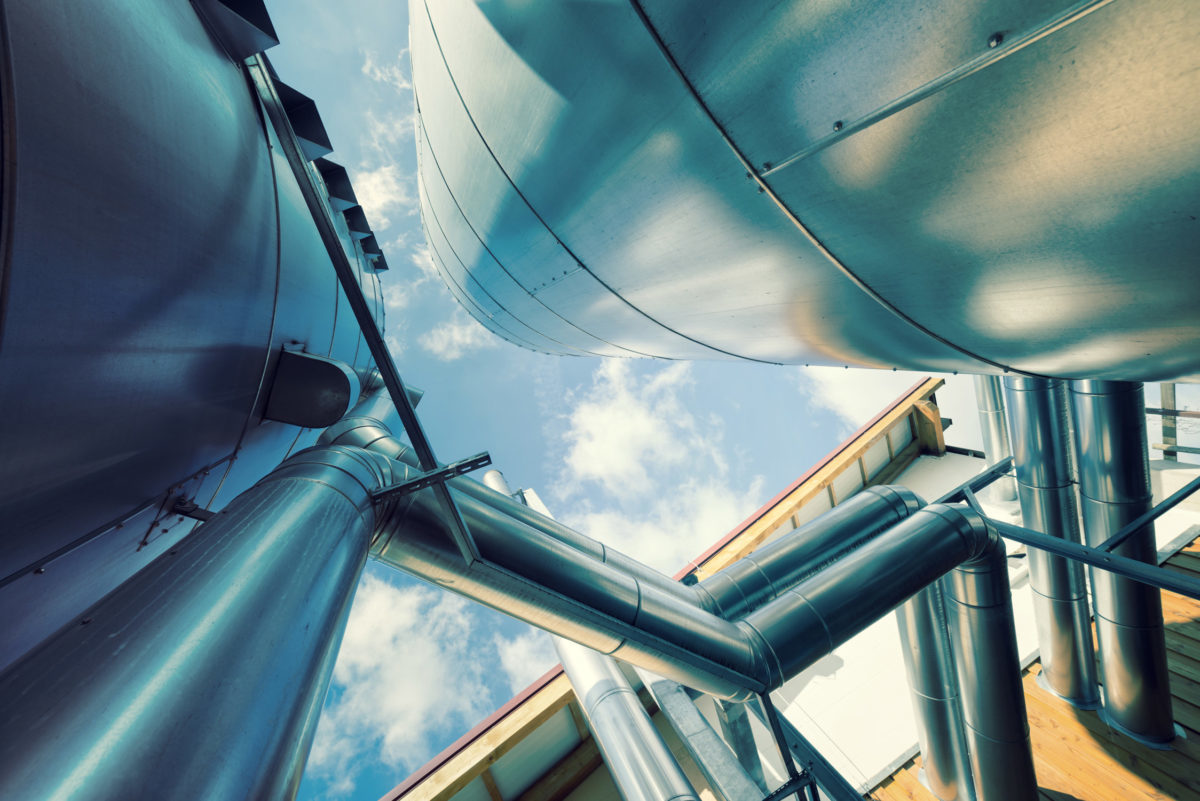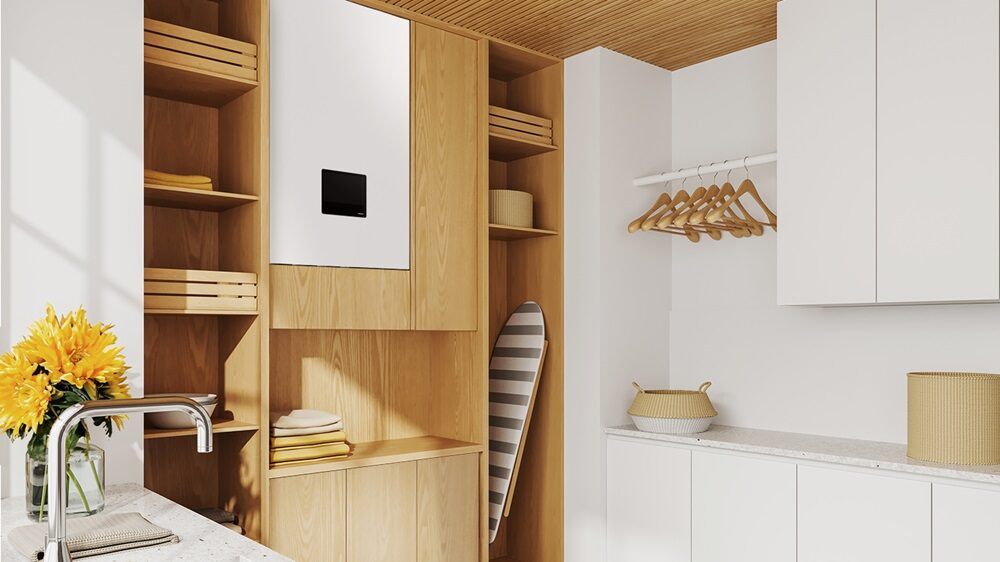The Australian Renewable Energy Agency (ARENA) has announced a $1.25 million (US$807,495) grant to Queensland government-owned electricity generator Stanwell Corp. to assist a feasibility study for a renewable hydrogen demonstration plant, which will be located next to the company’s existing power station near Rockhampton. Stanwell’s $5 million study, which started in July 2019, is investigating the technical and economic feasibility of hydrogen electrolysis projects above 10 MW in size. If built, it will be the largest green hydrogen electrolysis plant in Australia.
To offset 100% of the emissions associated with running the electrolyzer, Stanwell will procure energy and green certificates from renewable energy projects in the region. This will be yet another innovative deal for the publicly owned generator, following last year’s network support agreement between Stanwell’s Kareeya Hydro Power Station and Pacific Hydro’s 100 MW Haughton Solar Farm. Under that deal, the services provided by Kareeya will strengthen the regional grid, which is subject to lower system-strength levels, to operate the solar project in line with generator performance standards.
A key outcome of the study will be to define the most valuable end use for renewable hydrogen. The utility-scale electrolyzer will enjoy the advantages of the existing power station to use pre-existing land approvals, network connections, and access to demineralized water, which is required for hydrogen production.
The project could demonstrate the role that renewable hydrogen production can play in an electricity system. In particular, the hydrogen electrolyzer could be used as a complementary energy market load that can ramp up in times of excess energy supply, such as peak solar output during the day. It could also aid system security through participation in Frequency Control Ancillary Services (FCAS) markets or future markets such as Fast Frequency Response (FFR).
“Through Stanwell’s feasibility study we’re showing a new option for producing and using renewable hydrogen. This will create opportunities across the domestic economy and help to position Australia to become a major renewable energy exporter,” ARENA CEO Darren Miller said. The ongoing study is expected to be completed later this year.
The hydrogen industry in its infancy in Australia, but the study will determine the optimal conditions for electrolyzers operating at high capacities. “The construction and operation of a utility-scale electrolyzer is important to demonstrate the costs associated with producing renewable hydrogen at scale,” Miller said. “If feasible, this could help underpin future commercial scale deployments leveraging existing network infrastructure at other power stations, and play a role in driving down the cost of domestic hydrogen production.”
ARENA has committed approximately $50 million towards hydrogen initiatives so far, including more than $22 million to R&D projects, and almost $28 million to demonstration, feasibility and pilot projects. In some of its earlier Queensland initiatives, ARENA announced it was providing $2.9 million in funding to two studies looking at the potential to use solar and wind-powered hydrogen produced via electrolysis to increase ammonia production at facilities which currently rely on gas as feedstock.
This content is protected by copyright and may not be reused. If you want to cooperate with us and would like to reuse some of our content, please contact: editors@pv-magazine.com.




By submitting this form you agree to pv magazine using your data for the purposes of publishing your comment.
Your personal data will only be disclosed or otherwise transmitted to third parties for the purposes of spam filtering or if this is necessary for technical maintenance of the website. Any other transfer to third parties will not take place unless this is justified on the basis of applicable data protection regulations or if pv magazine is legally obliged to do so.
You may revoke this consent at any time with effect for the future, in which case your personal data will be deleted immediately. Otherwise, your data will be deleted if pv magazine has processed your request or the purpose of data storage is fulfilled.
Further information on data privacy can be found in our Data Protection Policy.